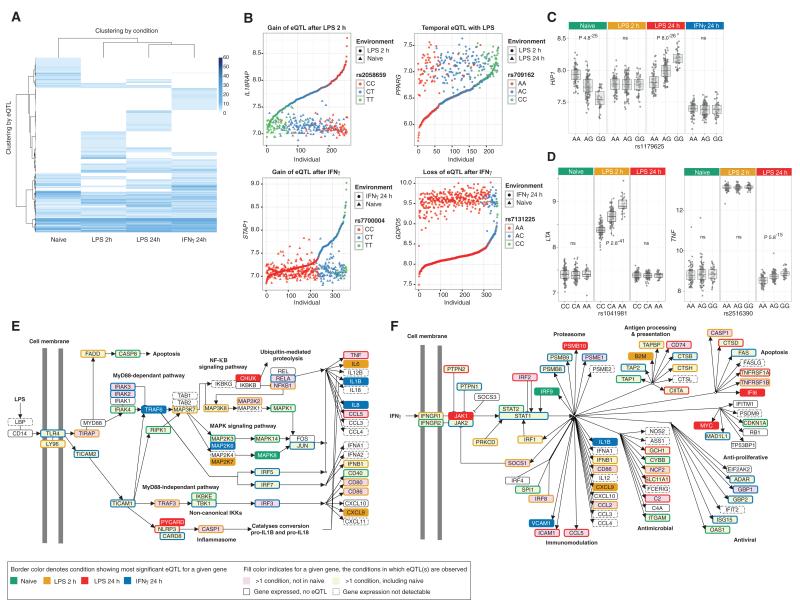Fig. 1. Genotype modulates the gene expression response to innate immune stimuli in monocytes.
(A) Cis-eQTL mapping of 228 individuals with matched expression data available across all four treatments shows that the majority of eQTL are context-dependent. Genes with significant eQTL (FDR < 0.05) are hierarchically clustered along the y axis according to the t statistic of the most significant eQTL present across treatments (along the x axis). (B) Gene expression values before and after treatment plotted pairwise by individual. In clockwise order: 2-hour LPS induces differential expression of IL18RAP dependent on rs2058659 genotype; 2-hour LPS treatment results in uniform PPARG up-regulation, whereas continued LPS exposure over 24 hours is associated with reduction in expression in carriers of the A allele of rs709162; an eQTL tagged by rs7131225 found in untreated cells (naïve state) for GDPD5 transcription could not be detected after gene induction with IFN-γ; and IFN-γ stimulation leads to induction of STAP1 expression in carriers of the T allele of rs7700004, relative to the C allele. (C) Cis-eQTL displays context-specific directional effects. rs1179625 is the SNP with the greatest effect on expression of HIP1 in the naïve state and after 24-hour LPS but exhibits opposing direction of effect. ns, not significant. (D) Induction by LPS reveals stimulus-specific cis-eQTL for LTA and TNF. (E and F) Genes within the (E) TLR4 signaling and (F) IFN-γ signaling pathways highlighted for those with eQTL for shared data set illustrating context specificity.

